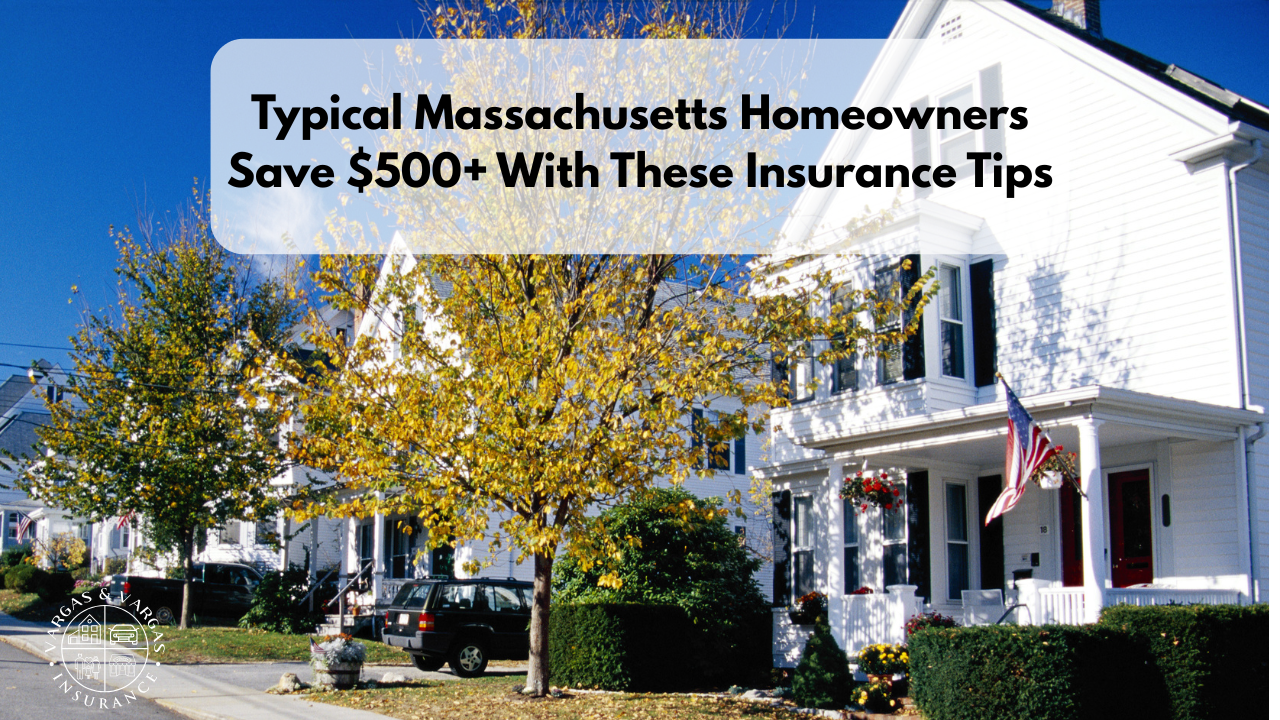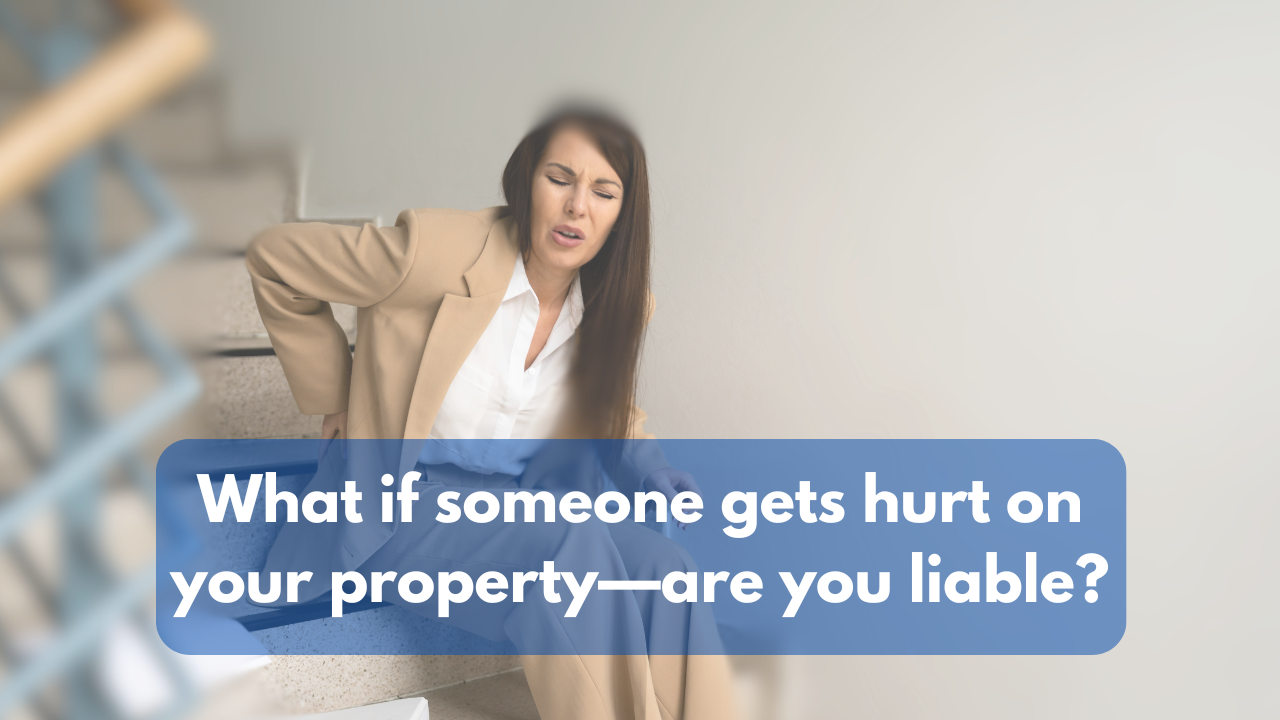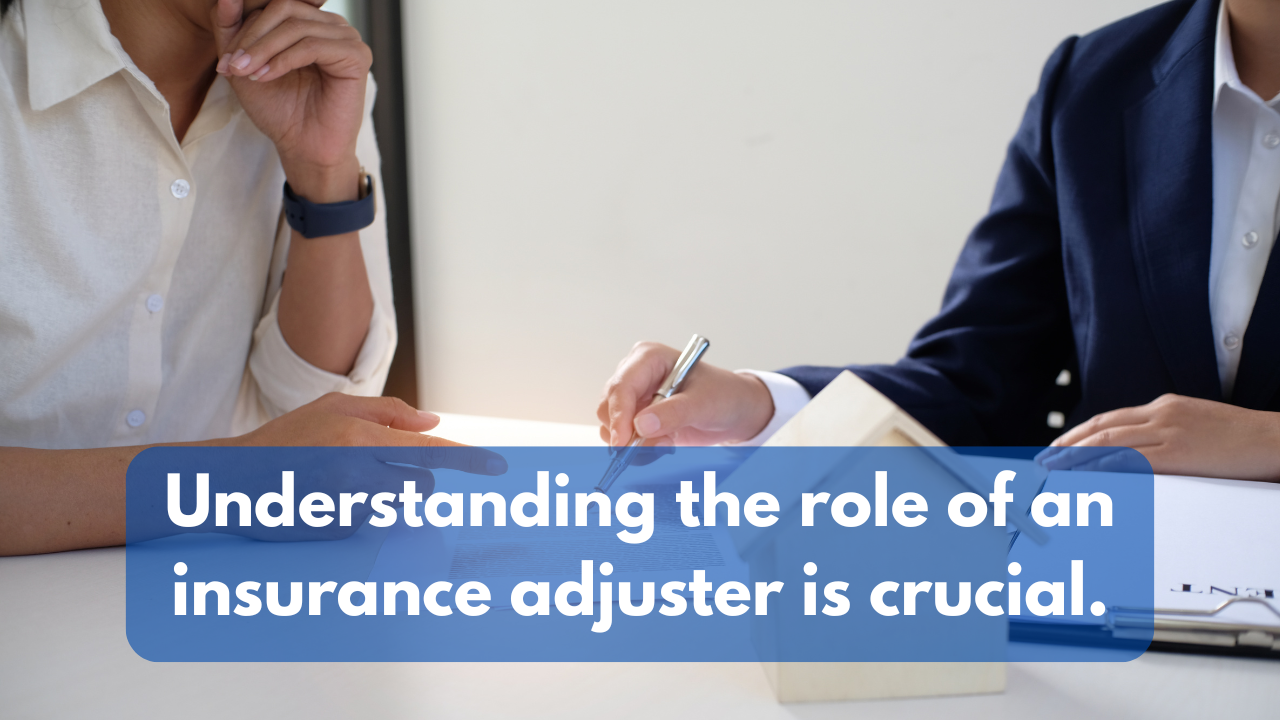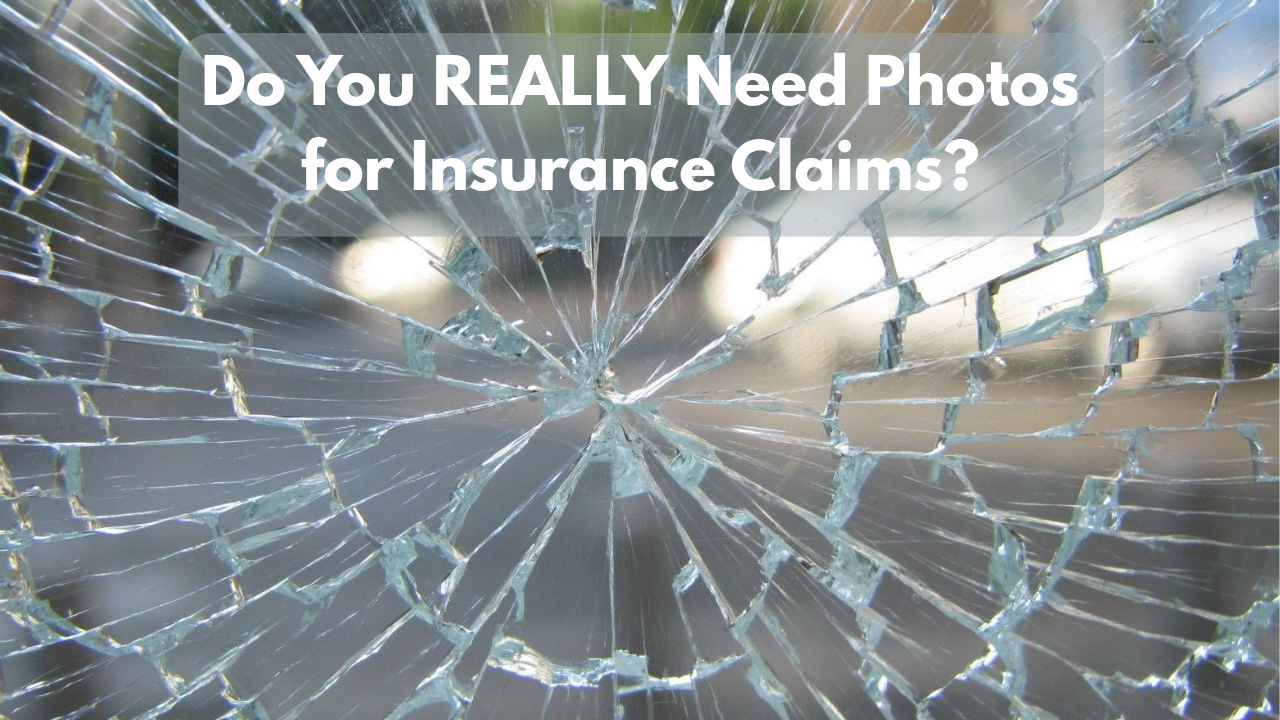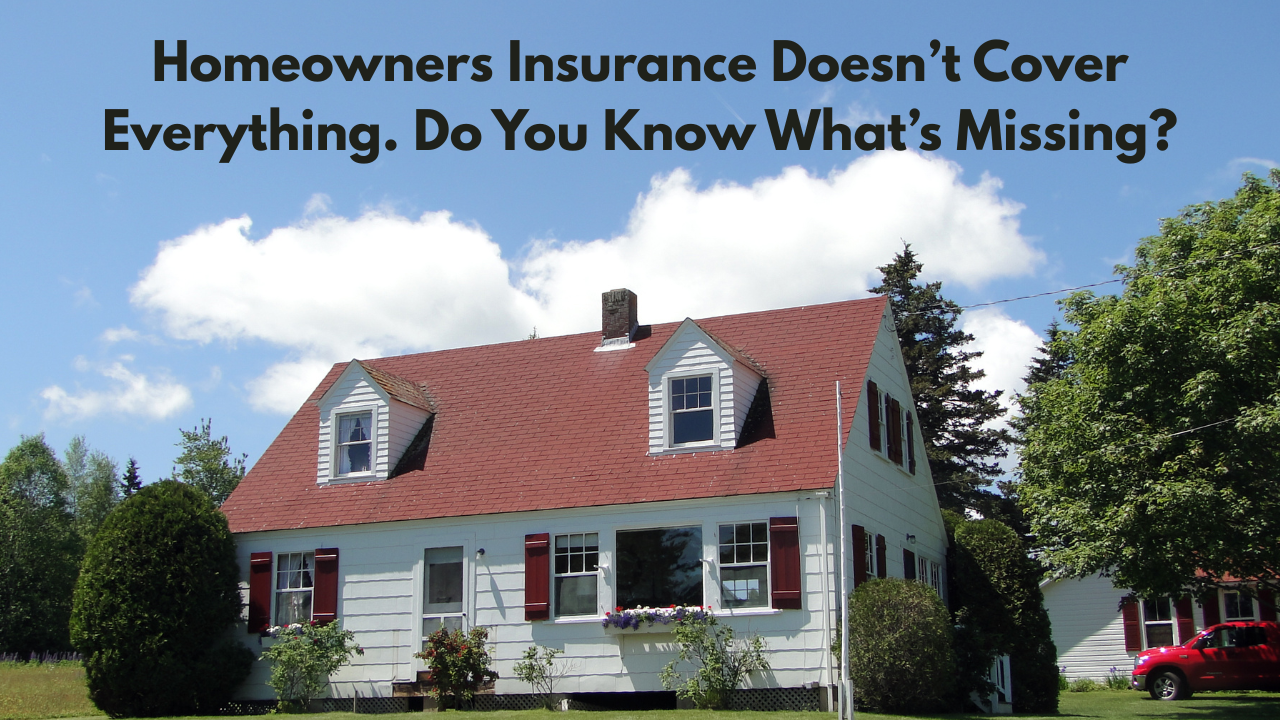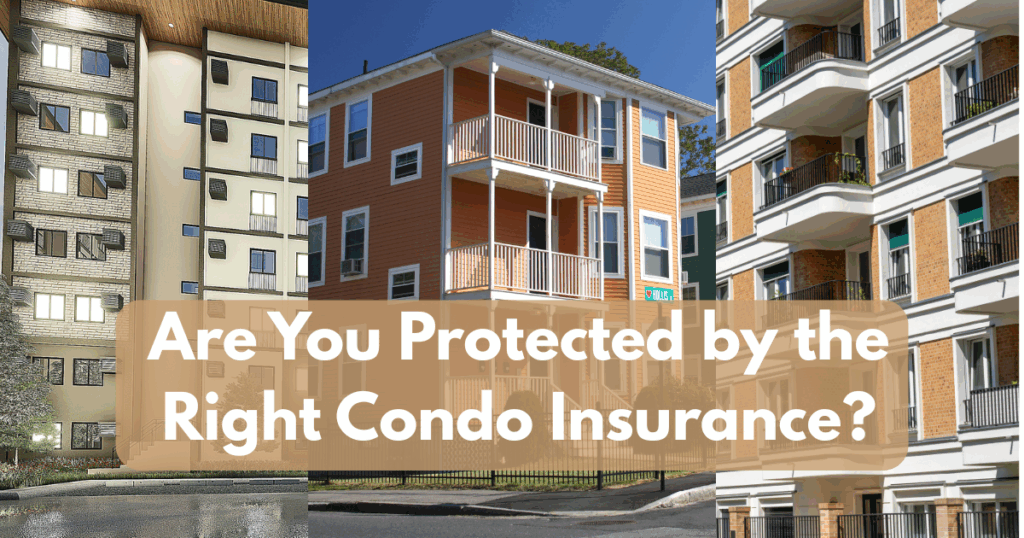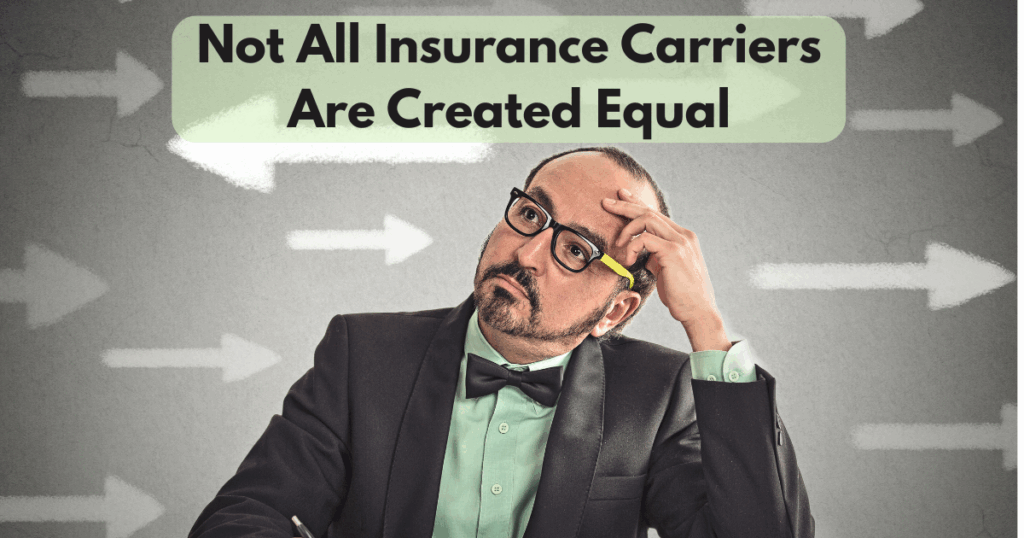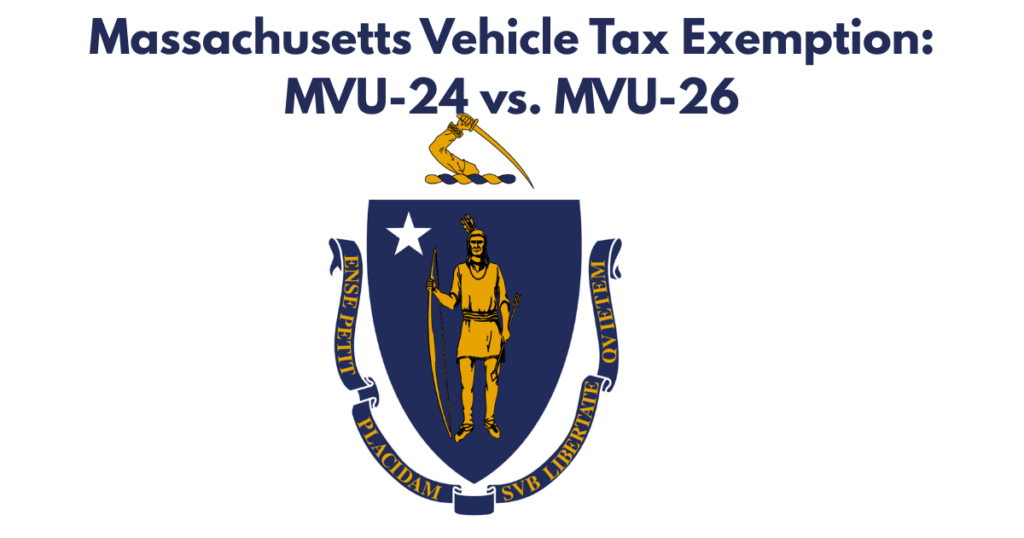Massachusetts Insurance Learning Center
Practical insurance tips for Massachusetts
Your trusted Massachusetts resource for clear, helpful insurance advice. From home and auto to life and business coverage, we break down what you need to know—no jargon, just answers. Explore tips, FAQs, and expert guidance to help you make smart, confident insurance decisions here in Massachusetts.
Learn More. Worry Less.
Here’s what you’ll find:
Insurance can feel complicated—but it doesn’t have to be.
Whether you're protecting your home, car, business, or family, the best first step is understanding how insurance really works. Our Learning Center breaks down complex topics into plain English so you can make informed decisions with confidence.
- Home & Auto Insurance Tips – Learn what your policies really cover and how to avoid common gaps.
- Business Insurance Basics – Discover what coverage your business needs (and what it doesn’t).
- Life Insurance Guidance – Understand your options, what to consider, and how to plan ahead.
- Claims & Coverage FAQs – Get answers to real-life insurance questions, anytime.
- Expert Advice – Stay updated with insights that help you save money and reduce risk.
Have a specific question? Just ask—we're always here to help.
Recent Posts
Do You Work Directly With the MA RMV?
Is there a faster way to register your car in Massachusetts? If you're like most car buyers or dealership customers in Massachusetts, you've probably faced the long lines and red tape of the RMV...
Read more
Is My Child Covered If They Just Got Their Massachusetts Learner's Permit?
What’s the first thing I need to know about insurance and learner’s permits in Massachusetts? As soon as your child gets their learner's permit, you're likely asking: “Are they automatically...
Read more
Do I Have to Pay My First Year’s Home Insurance If I Have Escrow?
Why is my mortgage payment going up after the first year? Why did I have to pay the first year’s premium if I have an escrow account?We’re going to clear up the confusion around who pays what,...
Read more
Insurance Claim Denied? Here Are Your Options (Fight Back and Win!)
Has your insurance company recently denied your claim, leaving you frustrated and unsure what to do next? Do you know that a denial isn’t the end of the road — and that you may have more power...
Read more
14 Ways to Save Money on Homeowners Insurance (Massachusetts Homeowners Save $500+
We hear this often, why does homeowners insurance seem to get more expensive every year? And how can Massachusetts residents reduce their premiums without cutting corners on coverage? If you’ve...
Read more
Personal Liability Insurance: What Happens When Someone Gets Hurt on Your Property
What happens if someone trips, slips, or falls on your property? Whether it’s a friend, delivery driver, or neighbor, accidents can happen fast—and they’re almost always unexpected. One minute you...
Read more
Insurance Adjusters: What to Expect and How to Get a Fair Settlement
What’s going on behind the scenes after you file an insurance claim? After a car accident, natural disaster, or property loss, you're likely feeling overwhelmed—and then, an insurance adjuster...
Read more
Do You REALLY Need Photos for Insurance Claims?
A Picture is Worth A Thousand Words in Insurance Claims Imagine this: a Boston homeowner returns from vacation to find a burst pipe has flooded their basement. They panic, call the plumber, and...
Read more
🏡 What Homeowners Insurance Doesn’t Cover — And What You Can Do About It
Do you think your homeowners insurance protects you from everything? What if the biggest risks to your home aren’t actually covered? In this article, you'll learn what homeowners insurance...
Read more
Money-Saving Homeowner Secrets: 7 Discounts Most Beginners Miss
Are you paying more than necessary for your homeowners insurance? Have you reviewed your policy to make sure you’re getting all the discounts you qualify for? This article breaks down the most...
Read more
Smart Homeowner’s Guide: 7 Steps to Save Thousands on Insurance
Are you a new homeowner in Massachusetts, overwhelmed by the process of shopping for homeowners insurance? “Homeowners insurance isn't just a formality—it's your financial safety net,” says the...
Read more
Does Homeowners Insurance Cover Floods?
Understanding Your Homeowners Insurance Coverage When it comes to protecting your home, the assumption that your homeowners insurance covers every possible event can be misleading.Many homeowners...
Read more
The Psychology Behind Underinsurance: A Shared Experience
A Shared Experience of Hesitation Have you ever found yourself thinking, "I really need to get life insurance," yet never quite following through? You're far from alone. Many of us have been in...
Read more
View more
More Articles

September 4, 2025
Commercial insurance policies are complicated. At Vargas & Vargas, we know small business owners are focused on running their businesses. You don’t always have the time to pour over commercial insurance policies in detail. Today, we will make a few key points that you should consider as we move forward in 2021.
August 29, 2025
Some people purchase condos in Dorchester, MA, as investment properties to rent out and generate income. If this is your situation, it’s important to take extra precautions when insuring your property. Vargas & Vargas Insurance can provide the advice you need to determine the best course of action for protecting your condo investment.

August 27, 2025
Question: Not sure if your homeowners insurance deductible is too high or too low? Question: Are you paying more than you should each year just because you picked the “default” deductible? In this article, you’ll learn how to choose the right homeowners insurance deductible based on your home, budget, risk level, and financial goals. We’ll walk you through the different types of deductibles, show how they impact your premium, and help you confidently select the amount that saves you money without exposing you to unnecessary risk.






